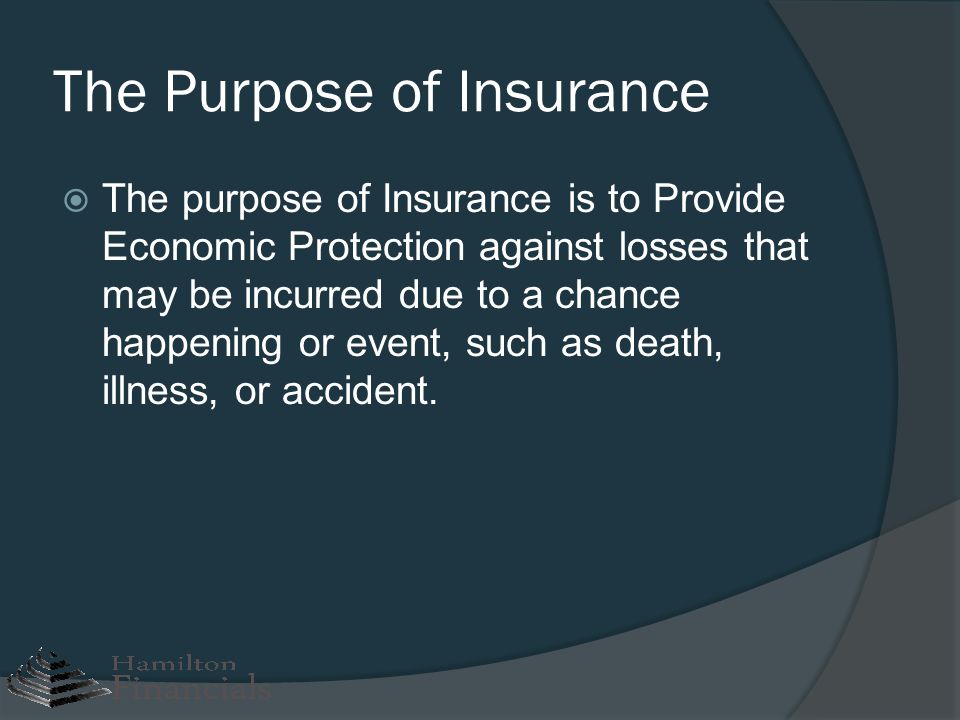Pacific Prime for Beginners
About Pacific Prime
Table of Contents10 Easy Facts About Pacific Prime DescribedA Biased View of Pacific PrimeThe Definitive Guide to Pacific PrimeThe Pacific Prime PDFsThe Single Strategy To Use For Pacific Prime

This is since the data were gathered for a duration of strong economic efficiency. Of the estimated 42 million individuals that were uninsured, all yet about 420,000 (concerning 1 percent) were under 65 years of age, the age at which most Americans end up being qualified for Medicare; 32 million were adults in between ages 18 and 65, around 19 percent of all grownups in this age; and 10 million were kids under 18 years of age, regarding 13.9 percent of all youngsters (Mills, 2000).
These estimates of the number of individuals uninsured are generated from the annual March Supplement to the Present Population Survey (CPS), performed by the Census Bureau. Unless or else noted, nationwide price quotes of individuals without health and wellness insurance policy and proportions of the population with different type of coverage are based upon the CPS, one of the most widely utilized source of price quotes of insurance coverage and uninsurance prices.
The Best Strategy To Use For Pacific Prime

Still, the CPS is specifically beneficial due to the fact that it generates yearly quotes fairly swiftly, reporting the previous year's insurance policy protection approximates each September, and since it is the basis for a consistent set of estimates for greater than two decades, permitting for analysis of patterns in insurance coverage over time. For these factors, as well as the comprehensive use the CPS in various other research studies of insurance policy coverage that are presented in this record, we depend on CPS quotes, with restrictions kept in mind.

The estimate of the variety of uninsured individuals broadens when a population's insurance policy condition is tracked for a number of years. Over a three-year period beginning early in 1993, 72 million individuals, 29 percent of the U.S. https://giphy.com/channel/pacificpr1me. population, were without coverage for a minimum of one month. Within a solitary year (1994 ), 53 million individuals experienced at the very least a month without protection (Bennefield, 1998a)
Six out of every 10 without insurance grownups are themselves employed. Although working does boost the chance that one and one's member of the family will certainly have insurance policy, it is not an assurance. Also participants of households with two permanent wage income earners have practically a one-in-ten opportunity of being without insurance (9.1 percent uninsured price) (Hoffman and Pohl, 2000).
Not known Facts About Pacific Prime
New immigrants make up a considerable percentage of people without medical insurance. One analysis has actually attributed a considerable section of the recent growth in the dimension of the united state uninsured populace to immigrants who showed up in the nation in between 1994 and 1998 (Camarota and Edwards, 2000). Recent immigrants (those that came to the United States within the past four years) do have a high price of being uninsured (46 percent), yet they and their kids make up simply 6 percent of those without insurance policy nationally (Holahan et al., 2001).
The connection in between medical insurance and access to care is well developed, as recorded later on in this chapter. The relationship between health insurance and health and wellness end results is neither straight neither simple, a considerable medical and wellness services research study literature links health insurance coverage to better access to care, far better quality, and boosted individual and population health condition.
Levels of evaluation for taking a look at the results of uninsurance. It focuses especially on those without any wellness insurance for any kind of size of time.
Not known Facts About Pacific Prime
The problems dealt with by the underinsured are in some aspects similar to those encountered by the without insurance, although they are normally less severe. Wellness insurance policy, however, is neither essential neither sufficient to gain accessibility to clinical services. The independent and straight impact of health and wellness insurance protection on access to wellness services is well established.
Others will certainly get the healthcare they require even without medical Extra resources insurance, by paying for it out of pocket or seeking it from service providers that use care free or at highly subsidized prices. For still others, wellness insurance policy alone does not ensure invoice of treatment since of other nonfinancial obstacles, such as a lack of healthcare carriers in their neighborhood, limited accessibility to transportation, illiteracy, or etymological and cultural distinctions.
Pacific Prime Fundamentals Explained
Formal research study concerning without insurance populations in the United States dates to the late 1920s and very early 1930s when the Committee on the Expense of Healthcare generated a series of reports regarding funding physician office check outs and hospital stays. This concern came to be significant as the numbers of medically indigent climbed up throughout the Great Clinical depression.